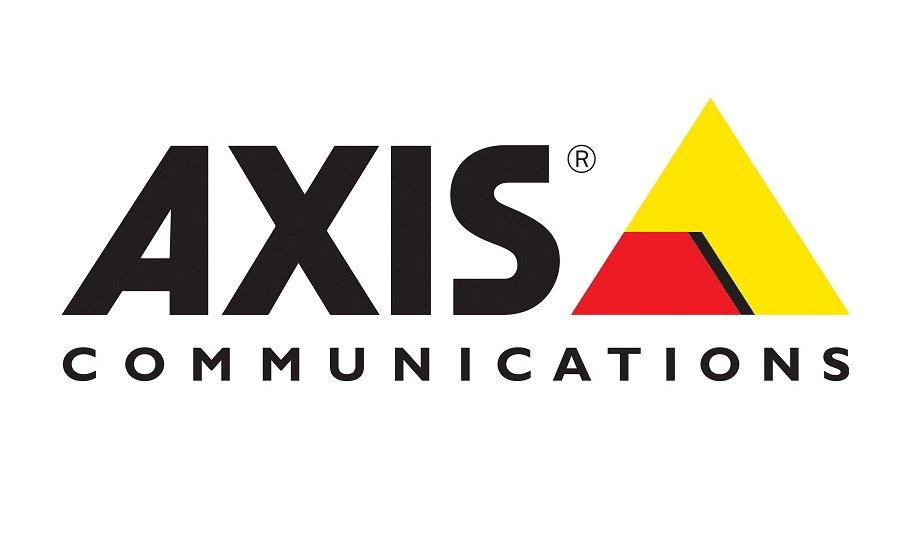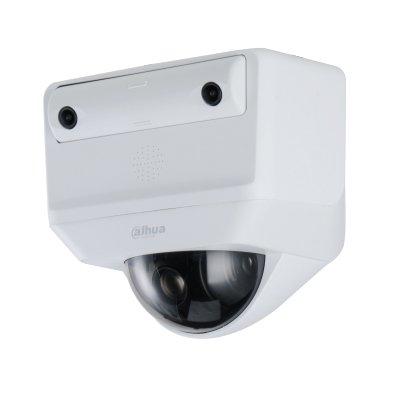Following the publication on 10 January 2022 of the Government’s response to the Protect Duty public consultation, which ran from February 26 to July 2, 2021, Axis Communications’ Steven Kenny, Industry Liaison, Architecture and Engineering, examined the assessment.
Steven Kenny said, “Axis welcomes the response from Government and, indeed, from the majority of respondents to the consultation who support tougher security measures to ensure preparedness for and protection from terrorist attacks. It is clear now that the Government intends to take forward legislation to create a culture of security, with a consistency of application and a greater certainty of effect.”
Response to the Protect Duty public consultation
Axis Communications is not surprised that no mention is made of the use of security technology directly. Axis maintained from the outset that physical security systems would not be a central requirement of the Protect Duty.
Of note, however, were the very strong views expressed regarding the need for accountability, as well as the majority’s view that a threshold of 100 persons or more should determine venues in scope of the Protect Duty.
Technology, a force multiplier
Technology is a force multiplier, which can improve operational efficiency and accelerate decision making
And, it is to these two areas that Axis Communications’ physical security technology solutions are best aligned. Technology is a force multiplier, which can improve operational efficiency, accelerate decision making and most importantly, help businesses that cater to larger footfalls demonstrate compliance.
While not a substitute for practical due diligence and sound staff training processes, Axis Communications strongly believe that a combined system of physical and behavioural interventions remains best practice, where such an approach is deemed necessary following a risk assessment.
Making the right choices in security investments
Steven Kenny said, “What is critical, above all, is that businesses make the right choices regarding existing set-ups and new projects. Greenfield developments, in particular, would warrant a closer examination of the legislative approach now in progress, in order to plan for compliance.”
He adds, “While selecting appropriate security tools should not be an onerous process, making the right investments will ensure compliance with the Duty and deliver the highest levels of physical security protection.”




















